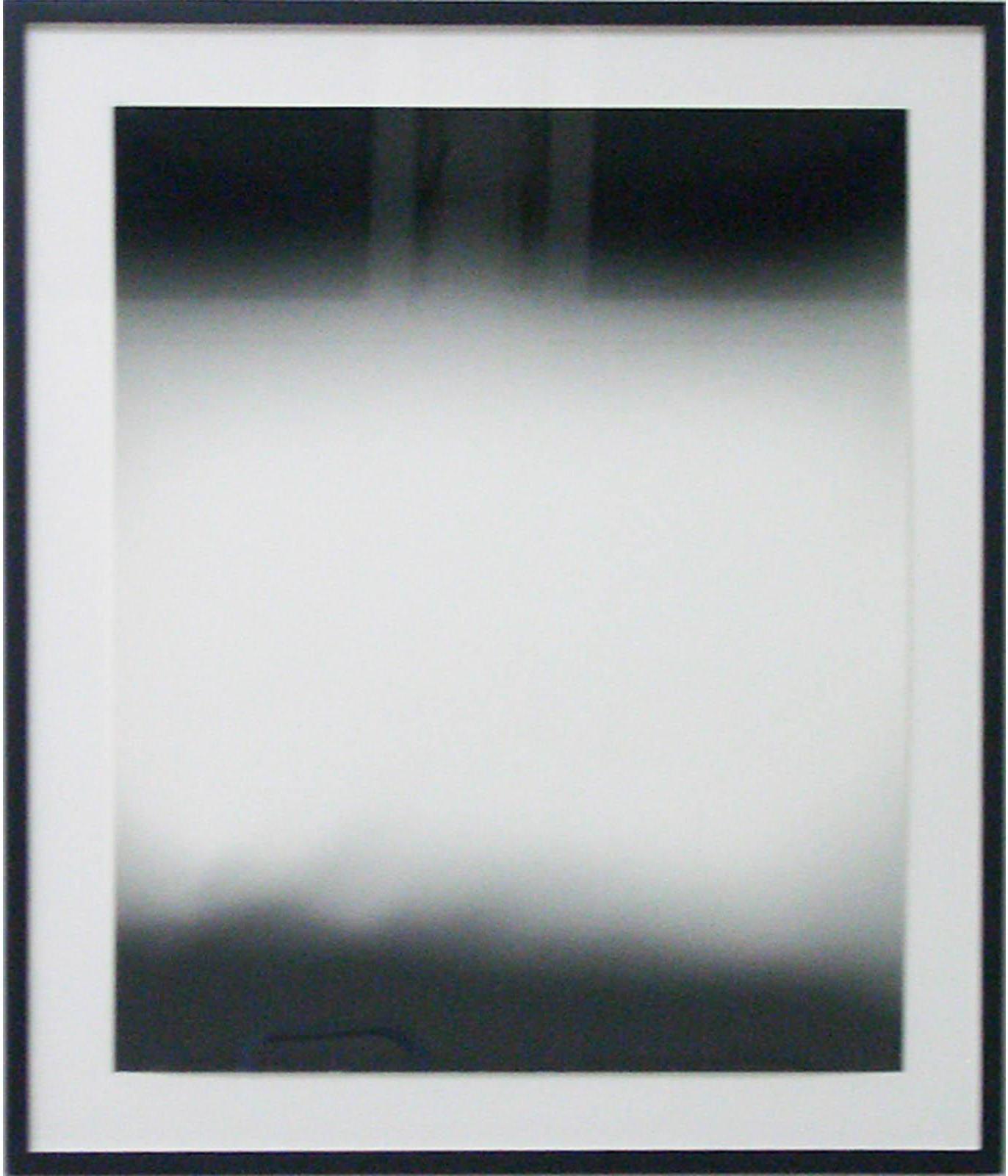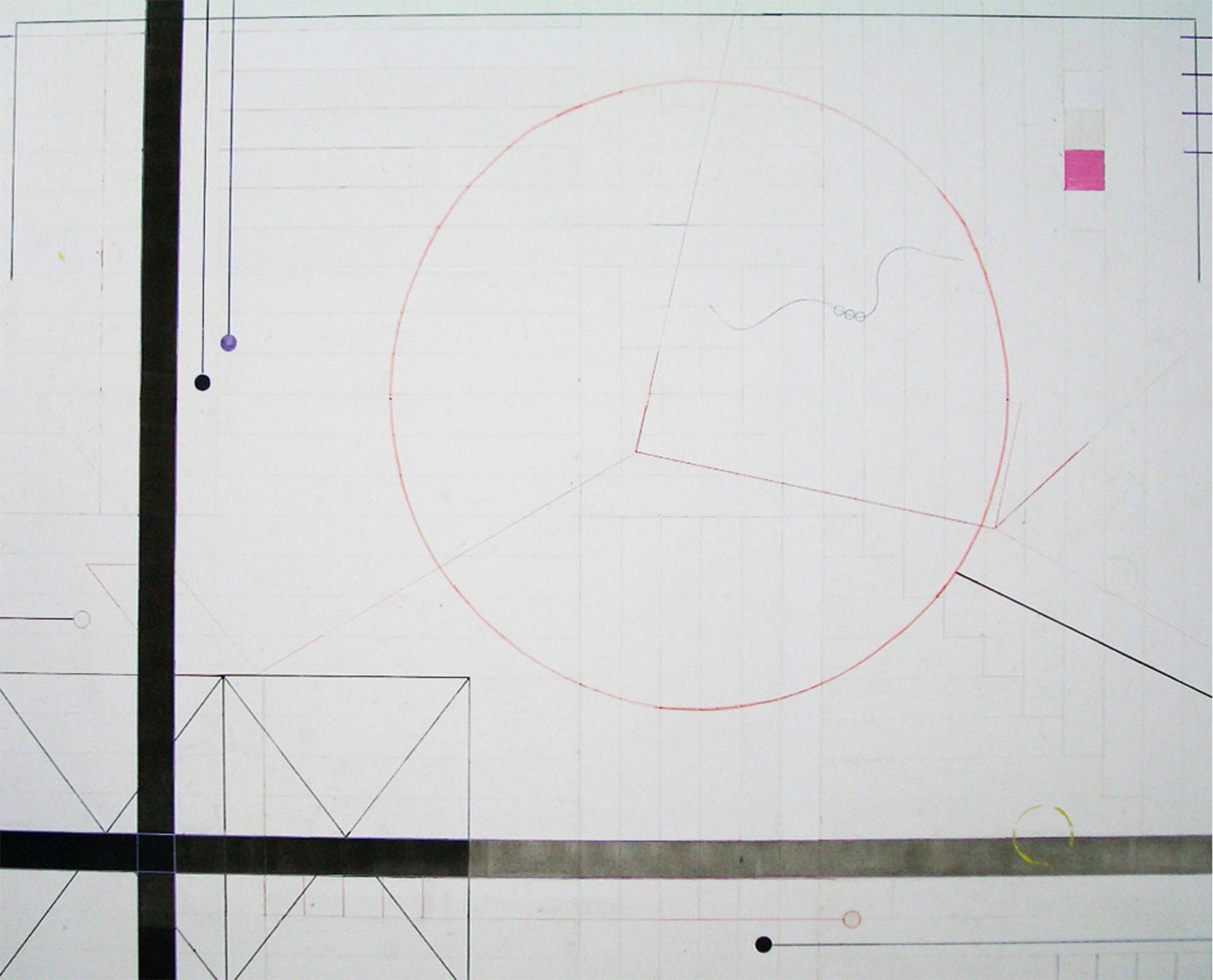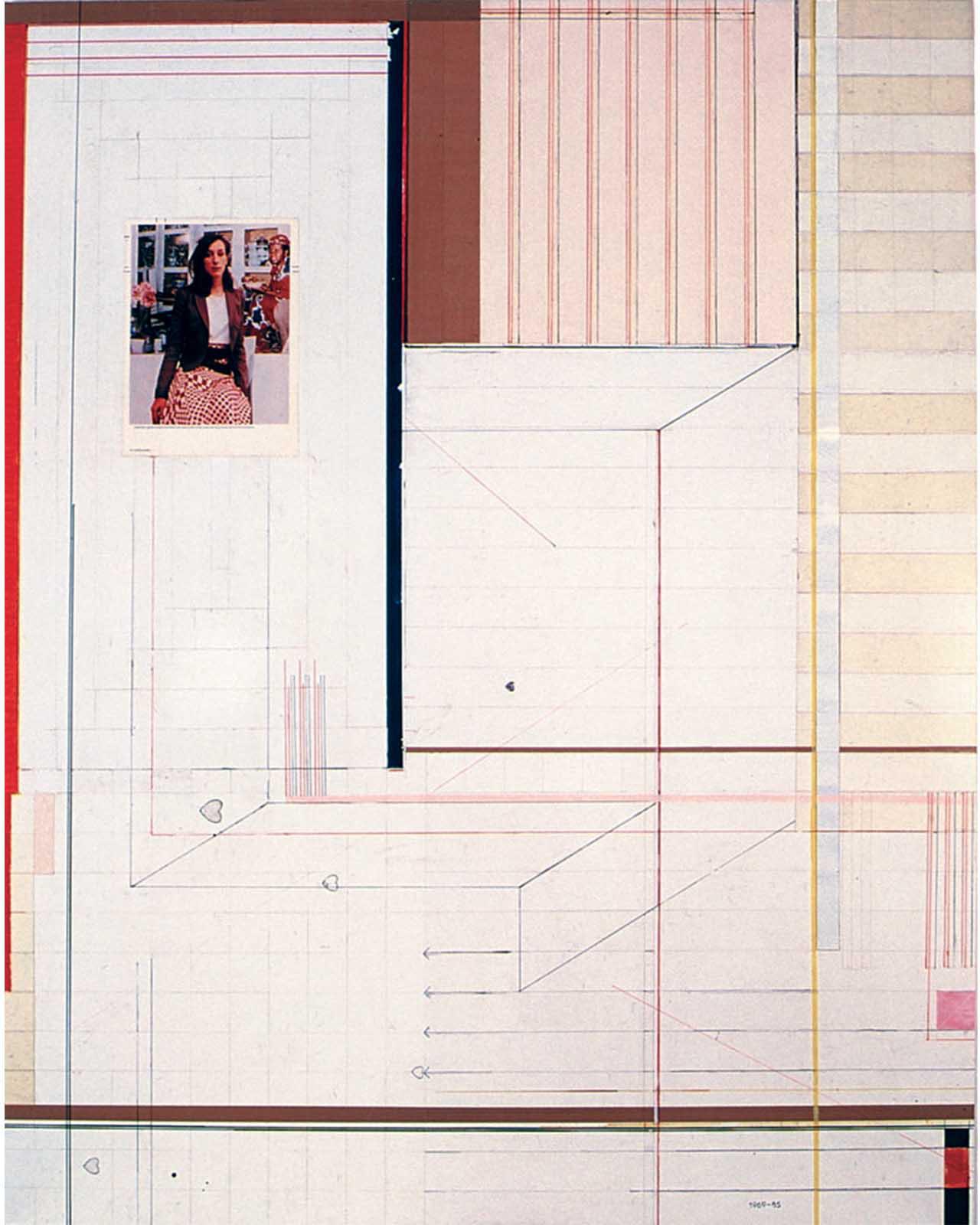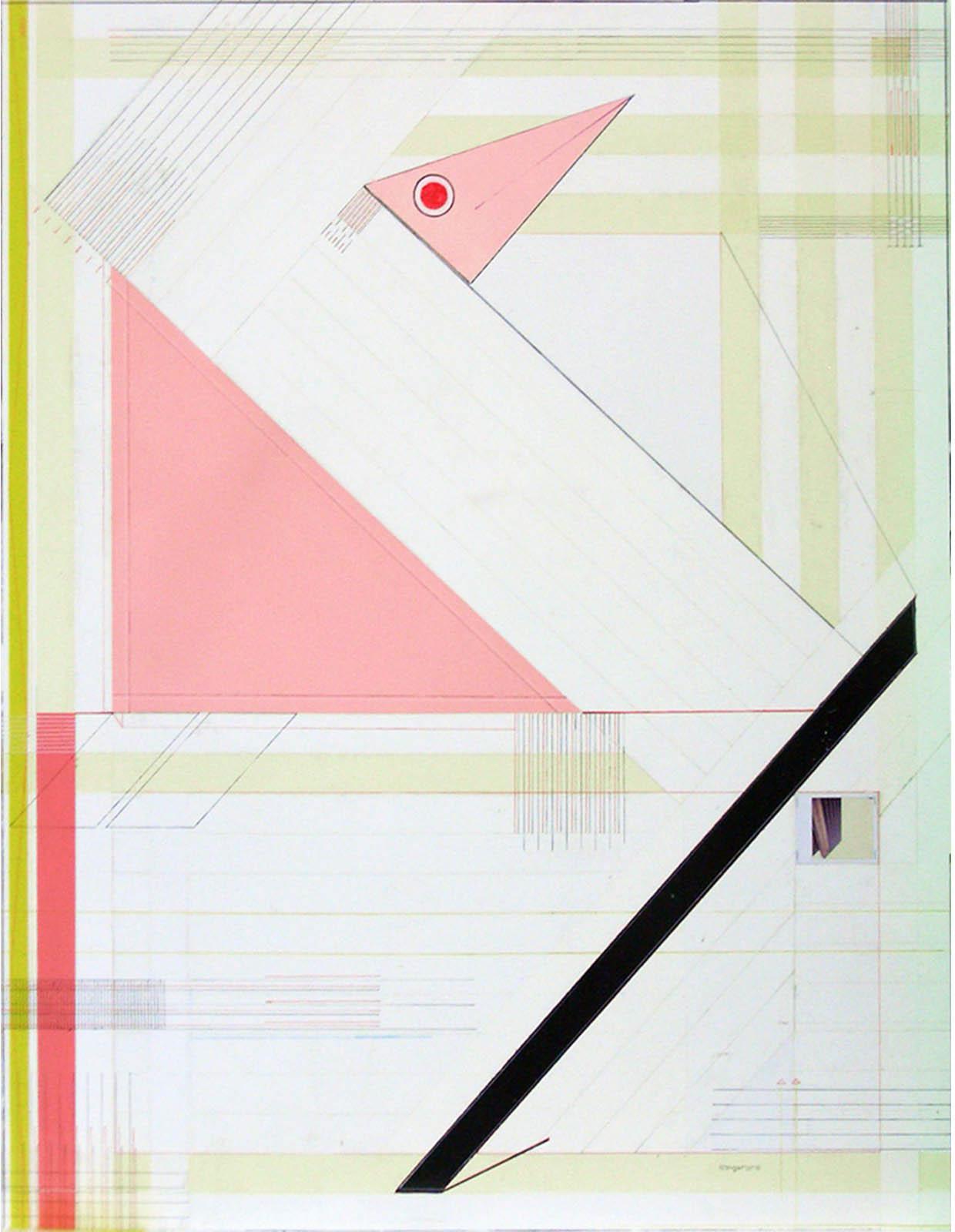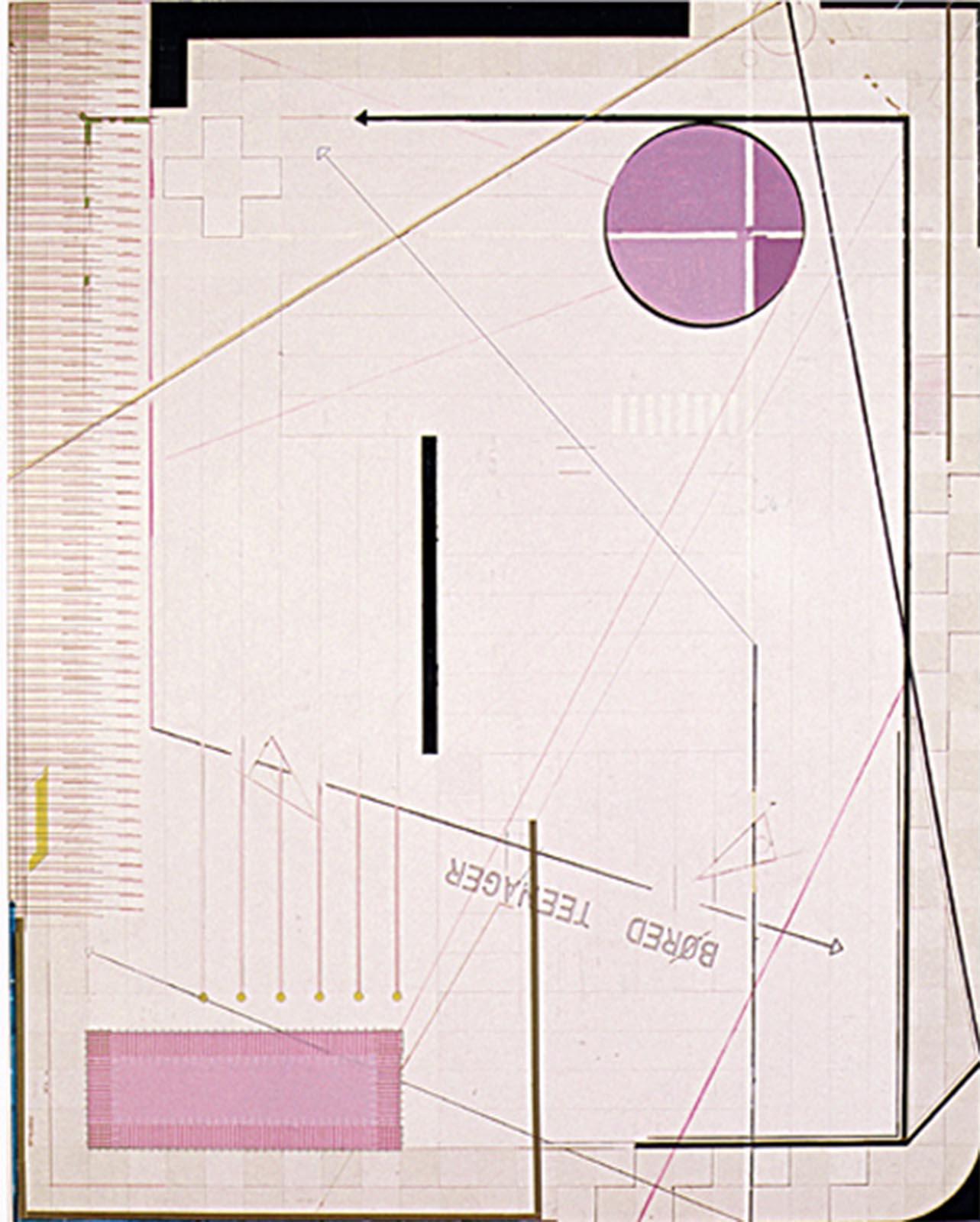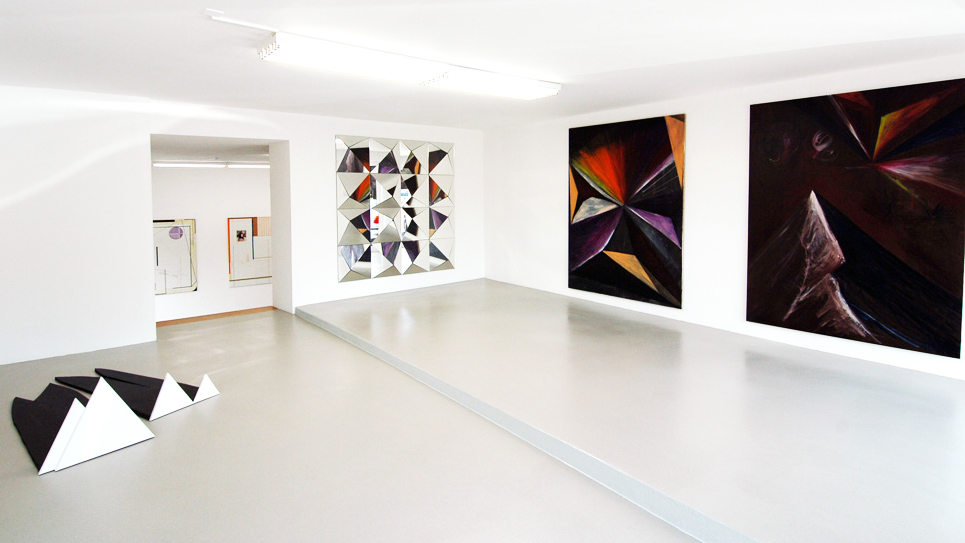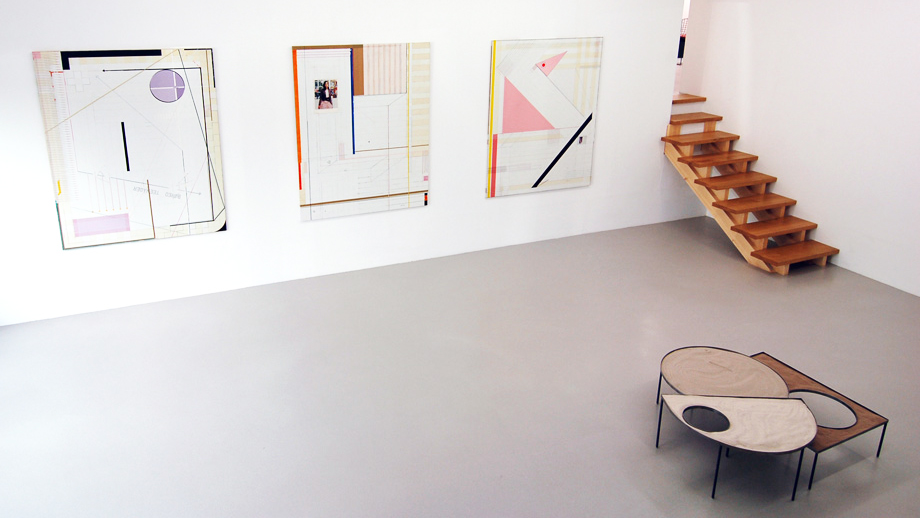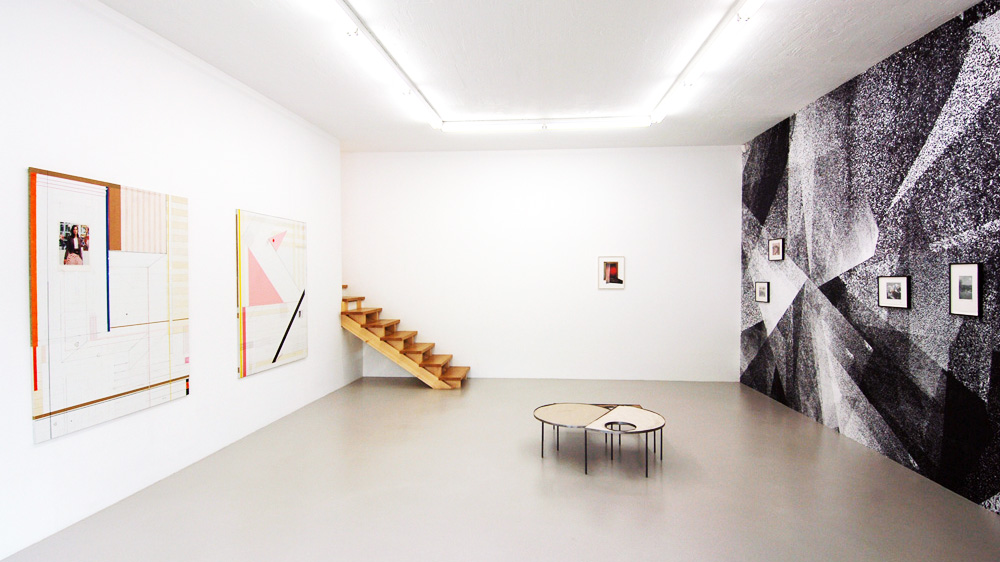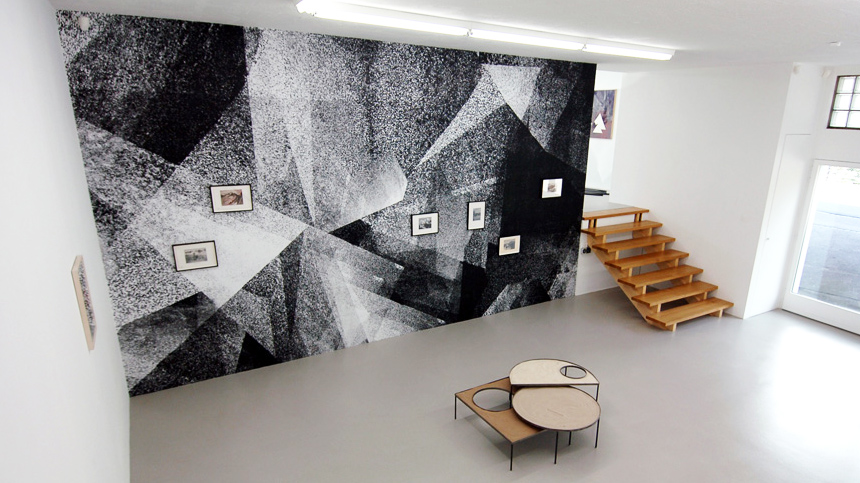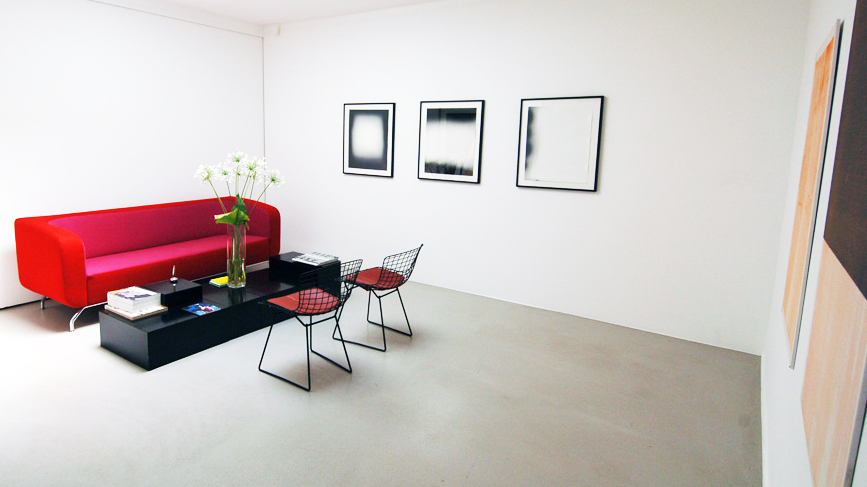Finding Neverland
-
![]() Markus Amm
Markus Amm
Luminogramm I II III,2005
Black & white photography
60 x 50 cm -
![]() Markus Amm
Markus Amm
Untitled,2002
Mixed media on plywood
155 x 125 cm -
![]() Markus Amm
Markus Amm
Untitled,2001
Mixed media on plywood
155 x 125 cm -
![]() Markus Amm
Markus Amm
Untitled,2002
Mixed media on plywood
155 x 125 cm -
![]() Markus Amm
Markus Amm
Untitled,2002
Mixed media on plywood
155 x 125 cm
Patricia Low Contemporary is delighted to present a group of five emerging young German artists in a show named Finding Neverland. It features Markus Amm, Hansjörg Dobliar, Oliver Voss, Nicole Wermers and Claudia Wieser, most of them are showing in Switzerland for the first time. Finding Neverland is organized by German guest curator, Juliane von Herz, who lives in Frankfurt. The exhibition includes large-format paintings, installations, drawings, collages and sculpture – many of which are new productions for the show.
The title Finding Neverland is borrowed from the famous dreamland story of Peter Pan, but is not to be mistaken as a theme for a neo-romantic show. On the contrary, Neverland in the context of this group show stands for the search of the unlimited space behind or around the object, for the constant exploration of Geometric Abstraction and excursions (or Peter Pan-like flight back) into Constructivism, Op Art and Minimalism. Each of the participating artists has a different approach to how to depict an abstract three-dimensional space. Although the works of for example Hansjörg Dobliar and Nicole Wermers reveal a similar fascination for conceptual gestures that bring back to our minds the brittleness of constructivist vocabulary, they introduce slightly mystical-looking shapes and fields that generate a pleasant imagery with hypnotic impact on the viewer. In nearly all of the exhibited works – in the objects, surfaces or imagery- it is possible to see some kind of references to art as well as to design, pop- and consumer-culture, architecture and advertising.
Even though forms and shapes are being selected in a playful way from a common repertoire of modernism, they are re-contextualized. References to the History of Art remain but, out of this heritage, a generation of artists presents itself as neither completely abstract nor figurative. Instead, the occupation with space serves to bring back modernist forms into design and everyday culture and back into art.
Markus Amm (b. 1969) lives and works in London. Amm works in a variety of media including painting, collages, sculpture and photographic works. The works on display in the exhibition Finding Neverland form a wall installation consisting of three large painted, collaged and drawn geometric abstract pictures in combination with black and white luminograms that trace a clear lineage to the early 20th Century Modernism. Moholy-Nagy has been the inventor of the lumino- or photograms, the direct exposure of a photosensitive film to light without camera. Amm has been obviously inspired by this technique as well as by the meticulous composed abstractions by Moholy-Nagy and his Bauhaus-colleagues that he now fills with a fresh timeliness. His approach may be conceptual, but it is not strategic in the sense of a masterful intellectual exercise. In his work, the core composition is the result of elementary shapes such as circles, triangles and rectangles, intertwined with parallel and crossing lines, which in turn fragment and splinter these very shapes. Interesting though how he plays off abstraction and figuration against each other, as most of the abstract shapes seem so familiar to the viewer’s eye that they tend to become figurative.
Hansjörg Dobliar (b. 1970) lives and works in Munich and Berlin. His paintings to which he explicitly refers to as landscapes are based on a primordial romantic repertoire, but are interrupted by abstract figures. Typical elements in his paintings are prisms that recall energetic crystals as well as geometric triangular shapes and which open up the canvases to a three-dimensional space.
Dobliar relies on the integral effect of the painting as a subjective and inter-reactive medium, which is capable of stimulating emotions and responses. His brushwork and way of painting is expressive and nonchalant and his works have their own strong painterly presence. For Finding Neverland Dobliar, who currently holds a scholarship at Villa Massimo in Rome, has made new paintings and works on paper.
Oliver Voss (b. 1977) lives and works in Frankfurt/Main. Voss’ work is centred around exploring all possible kinds of materials, found materials and surfaces that can create a painting, or in a wider sense – an art work. His paintings exhibit their own materials as pure means, endlessly separating them from their normal ends. The canvas, the stretcher bars, the fabric, the title, the sprayed colour – everything can be used to find a way into and out of painting. Oliver Voss is a painter at the same time as he is a strategist, and most likely his work is about how to invent a strategy in order to make painting what it is today. One important part of his working process is to disconnect materials from functions, means from ends and reconnect painting to its own potential. This it what happens in Tafelbild, a new work exhibited in the show, which has been painted with black board enamel that through the painterly progress has been freed from its traditional connotation. Another new group of paper works shown in Finding Neverland deal with variations on graph paper. The grid starts moving through the application of the paint on paper and opens up a third dimension to the viewer’s eye.
Nicole Wermers (b. 1971) lives and works in Hamburg and London. Her artistic practice encapsulates both free-standing sculpture and collages which she combines in her exhibitions. In her work Nicole Wermers relocates the attractions and surfaces of a contemporary consumer culture into architectural structures that hint at the interplay of seduction and control. Examples for her sculptures include her plinth-like ‘ashtray’-sculptures, such as those in the series French Junkies (1-11, 2002), made from Minimal and Formalist sculpture’s material. She employs all the materials currently favoured by a certain school of trashy sculpture – plywood, Formica, Perspex, bits of venetian blinds – but her works refuse the conceptual neutrality of their counterparts. In Finding Neverland, Wermers presents alongside a group of collages (cut-outs from glossy lifestyle and fashion magazines) a new object which derives from the series French Junkies. It is a three-piece table, filled with sand that recalls the typical coffee table with the aura of a well-known modernist object. Still, without being functional at all, the object serves as meditation on form and function.
Claudia Wieser (b.1973) lives and works in Berlin. As most of the other artists in this group-show Claudia Wieser uses on purpose trashy, poor or even found materials for the production of her installations, pictures and drawings. She invents and constructs spaces as scenes where utopia and reality can meet. Here she installs two site-specific installations that are representative of her oeuvre: on the one hand a wall installation made of mirror fragments which are build up to a crystalline structure; on the other, a large, nevertheless delicate, black and white collage consisting of numerous photocopies brought on to the wall. The reference of the mirror as crystal derives from a central motif of inspiration in the art and architecture of the Early Twenties and the concern about the loss of utopia. Through her work Wieser crosses the boundaries towards applied arts and plays with the holistic idea of former modernistic times where life and art formed an entity.
